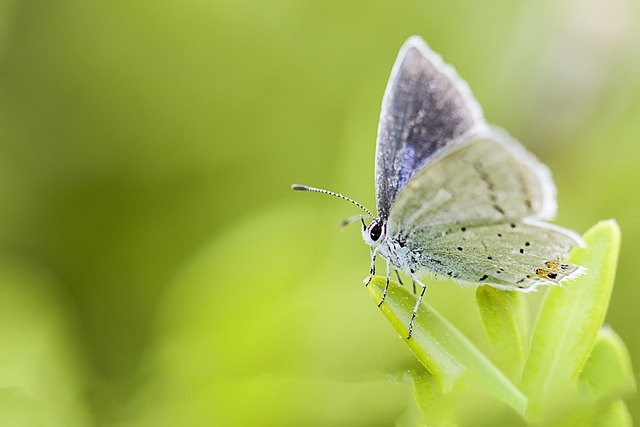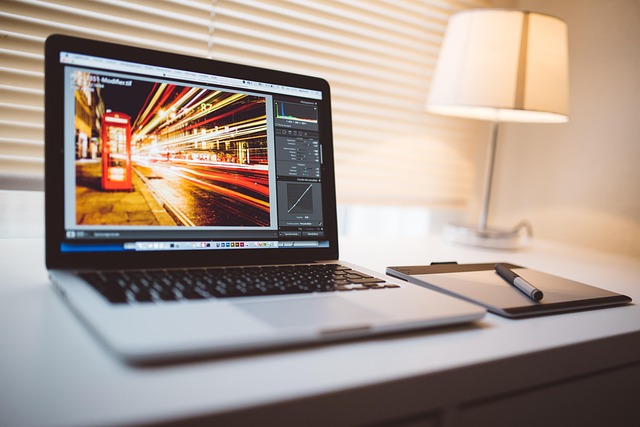Macro photography has a unique allure that captivates both seasoned photographers and enthusiastic beginners alike. It allows us to explore and document the intricate details of the world that often go unnoticed. When we talk about macro photos, we are delving into a realm where every minute detail matters and every composition can tell a powerful story. The art of macro photography transcends mere image capture; it becomes a way to connect visually with our surroundings and appreciate the beauty in the small things.
To achieve stunning macro photos, mastering the right camera settings and understanding optics is essential. A macro lens is a photographer’s best ally, allowing for a closer view of subjects, whether they are the delicate petals of a flower or the fine texture of an insect’s wing. The optics of macro lenses are specifically designed to reduce distortion and enhance sharpness, ensuring that every tiny detail is rendered crisp and clear. Achieving that perfect shot often requires experimenting with lighting and angles, illuminating subjects in ways that reveal their underlying beauty.
Composition in macro photography is not just about framing your subject; it’s about the emotion conveyed through every shot. Utilizing elements like leading lines, symmetry, and the rule of thirds can transform a simple macro photo into an extraordinary image that resonates with viewers. For instance, capturing the delicate spirals of a snail shell just off-center can create a visual tension that draws the eye, inviting observers to ponder the intricacies of nature. The interplay of light and shadow can also deepen the viewer’s connection to the subject, enhancing the overall composition.
When you step into the world of macro photography, your camera becomes an extension of your curiosity. You are not just documenting a moment; you are translating your perception into visual art. The excitement of discovering new perspectives is exhilarating. Every time you adjust your camera settings, you open up a new world of possibilities. Be it focusing on the fine details of a dew-drop resting on grass or the complex structure of a leaf, each macro photo presents a unique challenge and opportunity to celebrate the artistry of nature.
As you embark on your macro photography journey, don’t hesitate to make mistakes. Each photo, regardless of quality, is a step towards mastering composition and understanding how optics affect your image. Experiment with different apertures to see how they alter depth of field, or adjust shutter speeds to capture movement, such as a buzzing bee. The magic lies in the journey and the stories each frame has the potential to tell.
In the end, macro photography is not just a technical skill; it’s a heartfelt pursuit of beauty in the smallest of things. Embrace the quiet moments, the fleeting details that can be transformed into lasting memories. With your camera in hand and a keen eye for composition, you have the power to unveil the hidden wonders that surround you, reminding us all that there is extraordinary beauty in the tiniest of subjects.



